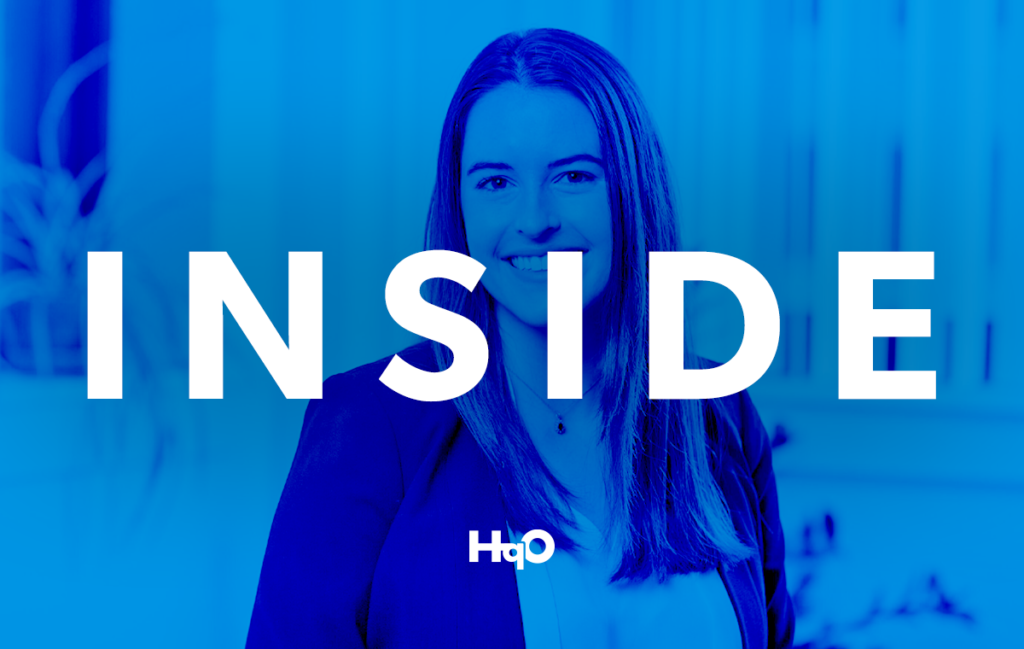In August 2021, 4.3 million U.S. workers quit their jobs. An additional 15% of the workforce plans to leave their job before the start of 2022. What’s the reasoning behind this massive shift, which has been dubbed the “Great Resignation”?
New research indicates that the majority of workers are seeking better pay and remote work options, want to start their own business, or are seeking a job they are more passionate about. Ultimately, the largest drivers of the “Great Resignation” stem from changing workplace expectations.
With 43% of workers searching for remote work opportunities, incentivizing the physical office space is more critical than ever for property managers and landlords. In order to make it easy for tenants to bring their workers back to the office, landlords need to focus on the end-user experience to create personal and engaging workplace experiences.
Property teams are quickly adopting strategies from the retail and hospitality industries to enhance the workplace by creating customer-first experiences. These experiences are not limited to increased communication with tenants and their employees. Rather, they bring the right kind of value to the office — value that can prove its ROI for tenants and property teams around the world.
The Value of a Tenant Communication App
From planning tenant events to fielding maintenance requests, and conducting building management duties, property managers do it all. Now, however, they’re expected to do even more. Because the responsibility to create more people-first workplaces typically falls on property managers, they have begun to express burnout or inefficiencies in their roles.
Though many property teams have countered this issue by creating entirely new roles like the tenant engagement manager, this may not be possible for every team. Enter: workplace technologies such as a tenant communication app.
A user-friendly tenant app can not only engage building-goers at every level, but it can also make property management’s lives easier. Alesia Sanganoo, a Tenant Engagement Manager at 25 Massachusetts Avenue in Washington, D.C., recently spoke to the efficiencies technology created for their property.
“We leverage our app for more than managing the visitors, but also for sharing our cleaning schedule and our policies. You can go on there, see building updates, schedule appointments, check cleaning schedules, view when locker rooms are open — everything. That level of communication and transparency with our customers is a key driver of the work we do.”
How Landlords Can Help Their Customers
As Alesia pointed out, a tenant communication app can host more than just phone numbers of key building contacts. Property management software has evolved to encompass all aspects of a property that tenants and their employees should be aware of.
An informative, easy-to-use property app can serve as a vehicle for transparency between landlords and tenants but also tenants and their employees as well. For tenant companies especially, increased transparency builds employee trust in their employer and keeps them coming back to their office.
In the latest episode of The Let’s Go Show, Office App CEO Thijs van der Burgt spoke to the way technology can bridge the gap between landlords, tenants, and their employees. Office App is Europe’s leading tenant and employee engagement platform, providing landlords with the right digital tool to create future-proof, sustainable, and people-focused office spaces.
In the podcast, Thijs pointed out that most landlords think of the people in their buildings as tenants rather than their customers, and how critical the difference between the two is. When property owners and landlords are designing a workplace for their customers, he said, they should focus on “cohesion in the building,” ensuring that “people feel connected, that they want to go into these office buildings, and that they feel appreciated for being there.”
In his conversation with Thijs, Chase Garbarino asserted that “at the end of the day, if the landlord’s customer is spending money on commercial real estate, it’s predominantly for facilitating people, getting the ROI and bringing the people together in-person.”
Ultimately, the commercial real estate (CRE) industry can adapt to changing workplace expectations, but they can’t do it alone. The adoption of property technology such as tenant communication apps will enable landlords to create customer-first workplaces that help their tenants retain and attract top talent.
To learn how HqO can help you create people-first workplaces, sign up for your free consultation today.



